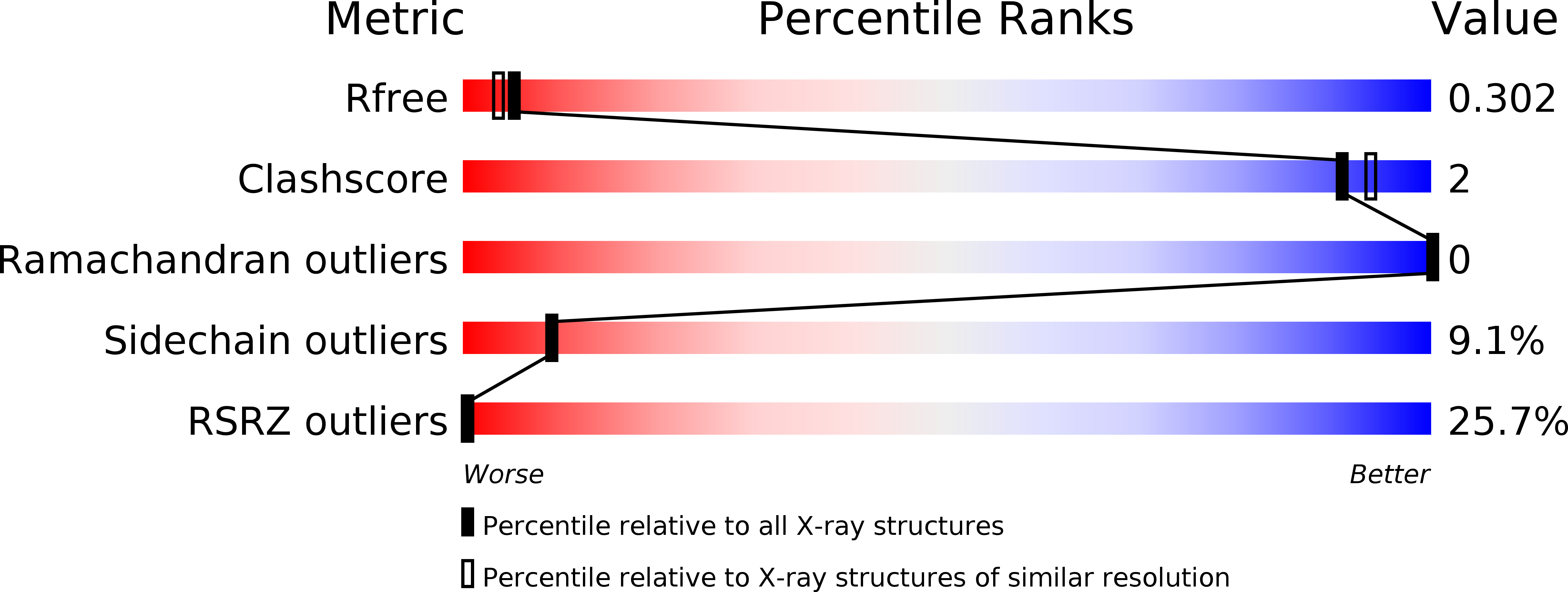
Deposition Date
2004-08-19
Release Date
2004-11-16
Last Version Date
2024-03-13
Method Details:
Experimental Method:
Resolution:
2.20 Å
R-Value Free:
0.30
R-Value Work:
0.27
R-Value Observed:
0.27
Space Group:
P 65 2 2


